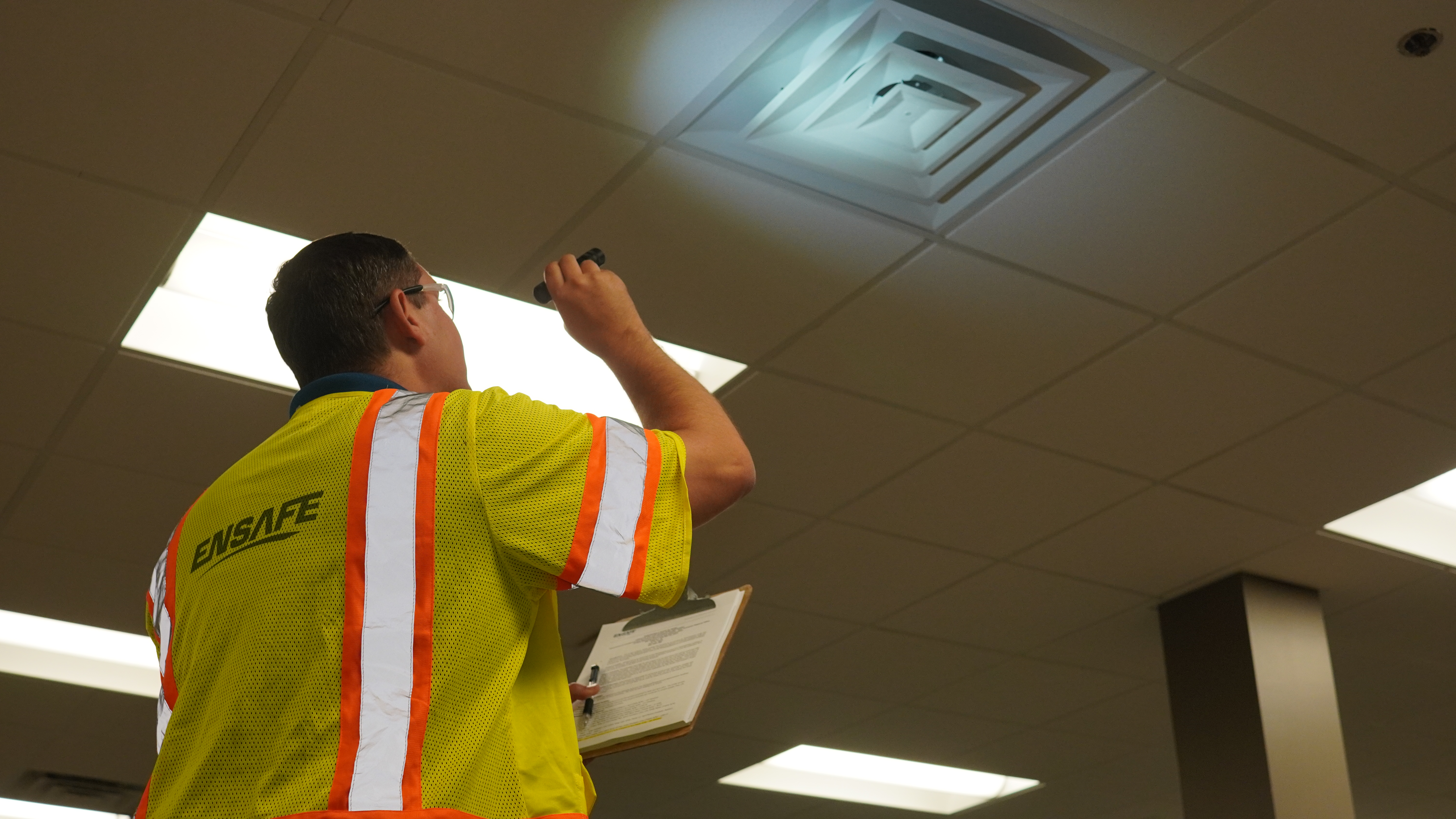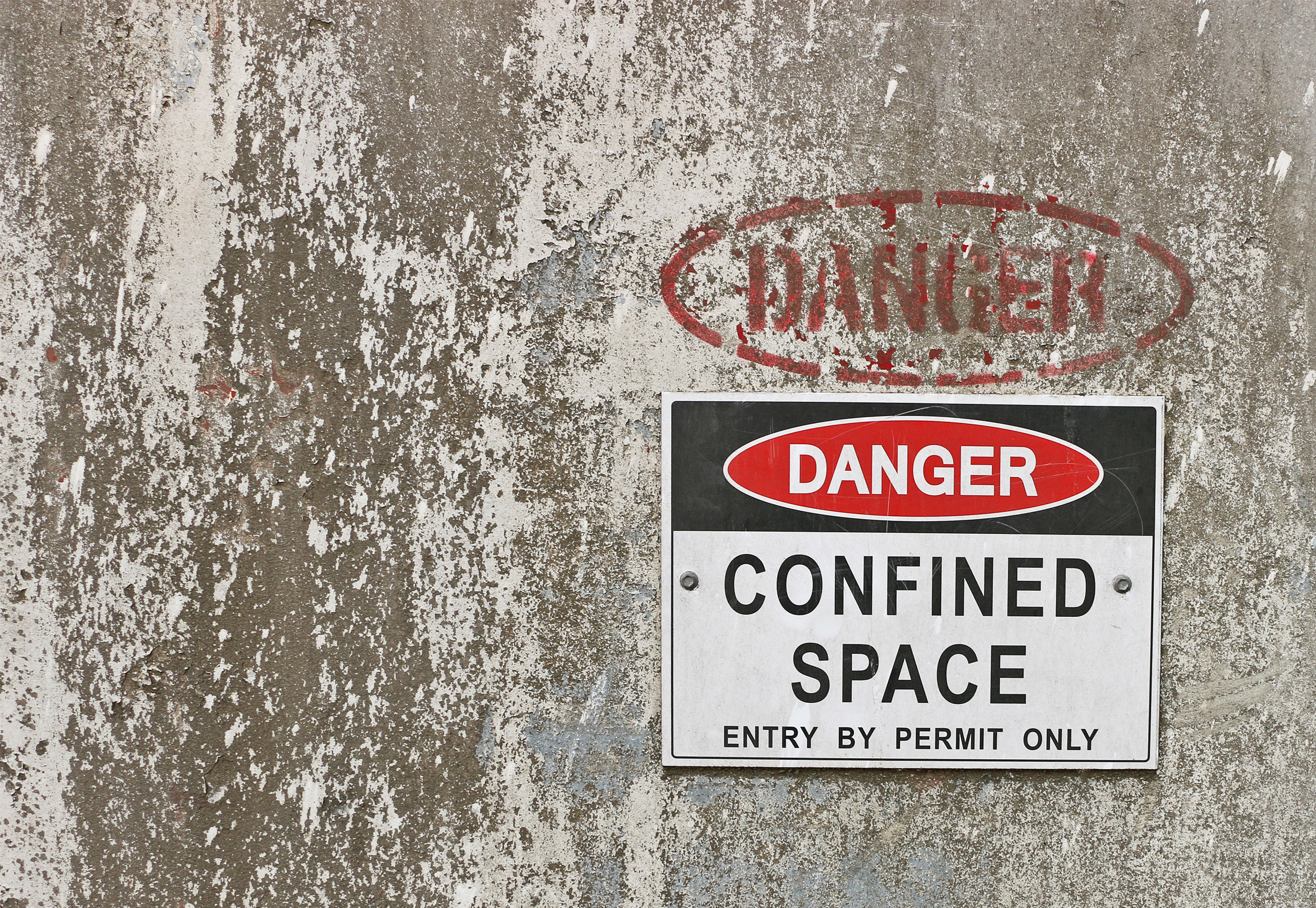EnSafe’s Mike Palmer, CIH, CSP, Principal and Senior H&S Consultant , joins Merle Heckman of Dale Carnegie to host an eight-episode podcast series titled My Big Safety Challenge Podcast: Stories, Strategies, and Success, presented by the Board of Certified Safety Professionals (BCSP) and Dale Carnegie. This podcast focuses on true stories from leaders who’ve faced […]
Continue readingASHRAE Approves Groundbreaking New Standard
During the pandemic, many employers were faced with the daunting task of preparing their facilities for employees returning to the workplace. As we all navigated the ‘new normal’ of living and working in the COVID-19 era, controls such as social distancing, face coverings, reduced occupancy, and more frequent and robust cleaning regiments were implemented to […]
Continue readingAlternative Protective Measures, The Bridge Between Lockout Tagout and Machine Guarding
The requirements for using Lockout Tagout (LOTO) to control hazardous energy during machine servicing and maintenance are clearly prescribed in 29 CFR 1910.147, but OSHA enforcement citing of the LOTO Standard consistently remains in the top 10 most frequently cited standards. Why? LOTO requirements are not always consistently or correctly followed, and they’re often viewed […]
Continue readingPerforming Confined Space Assessments: Keys to Success
When one of the largest Liquified natural gas (LNG) plants in the country is relying on us to identify all its confined spaces, perform hazard assessments on those spaces, and determine whether each one is a “permit required confined space” (as defined in the Occupational Safety and Health Administration [OSHA] standard, here’s how we do […]
Continue readingSAFETY CULTURE: THE ICEBERG EFFECT
A strong, positive safety culture results in reduced injuries and lost time by valuable resources, improved morale and productivity, and greater loyalty to the organization. Safety culture and the desire to have a strong safety culture are often discussed, but what exactly is safety culture? In basic terms, safety culture is the “preferred way things […]
Continue reading



